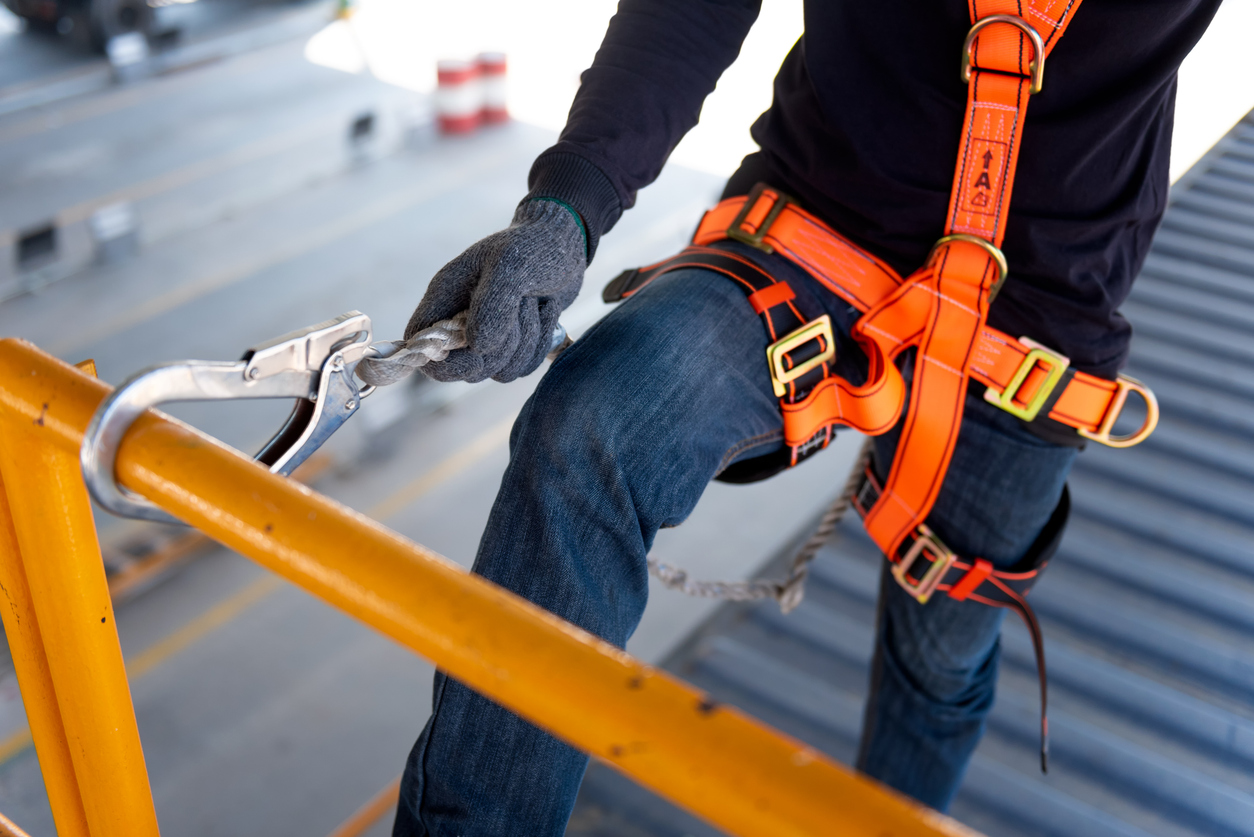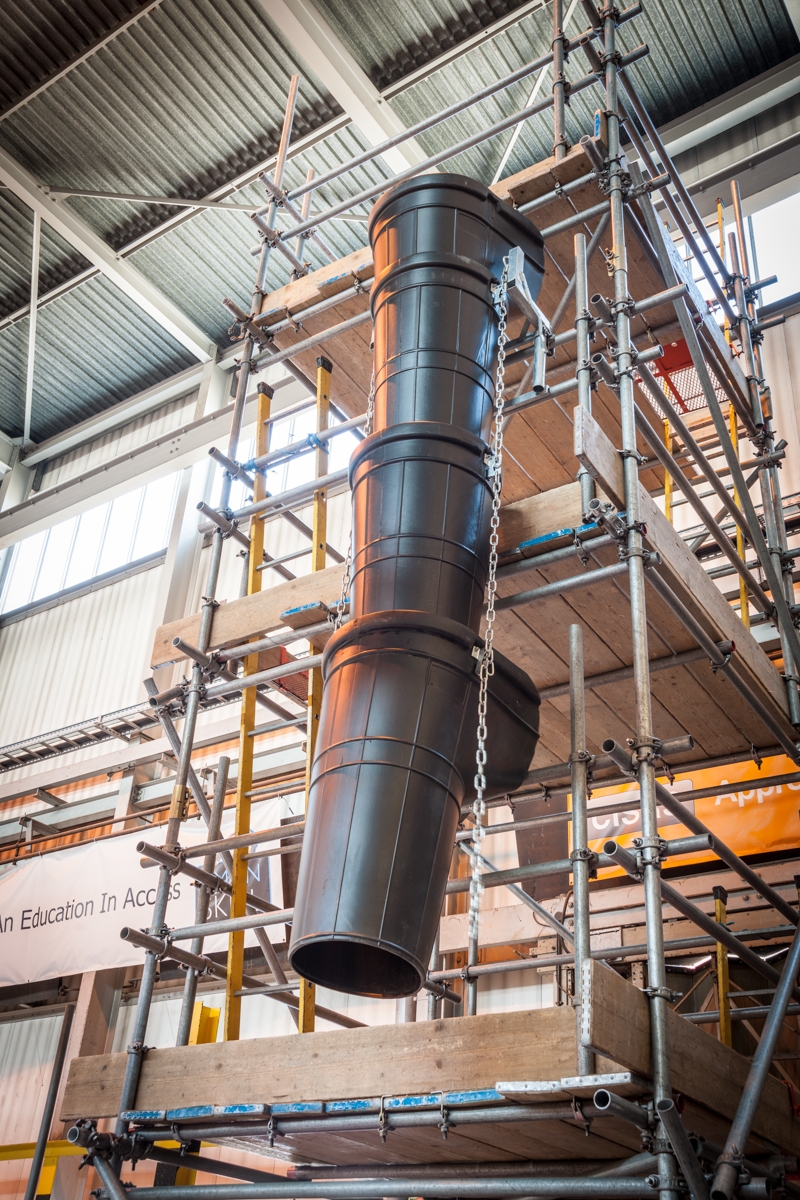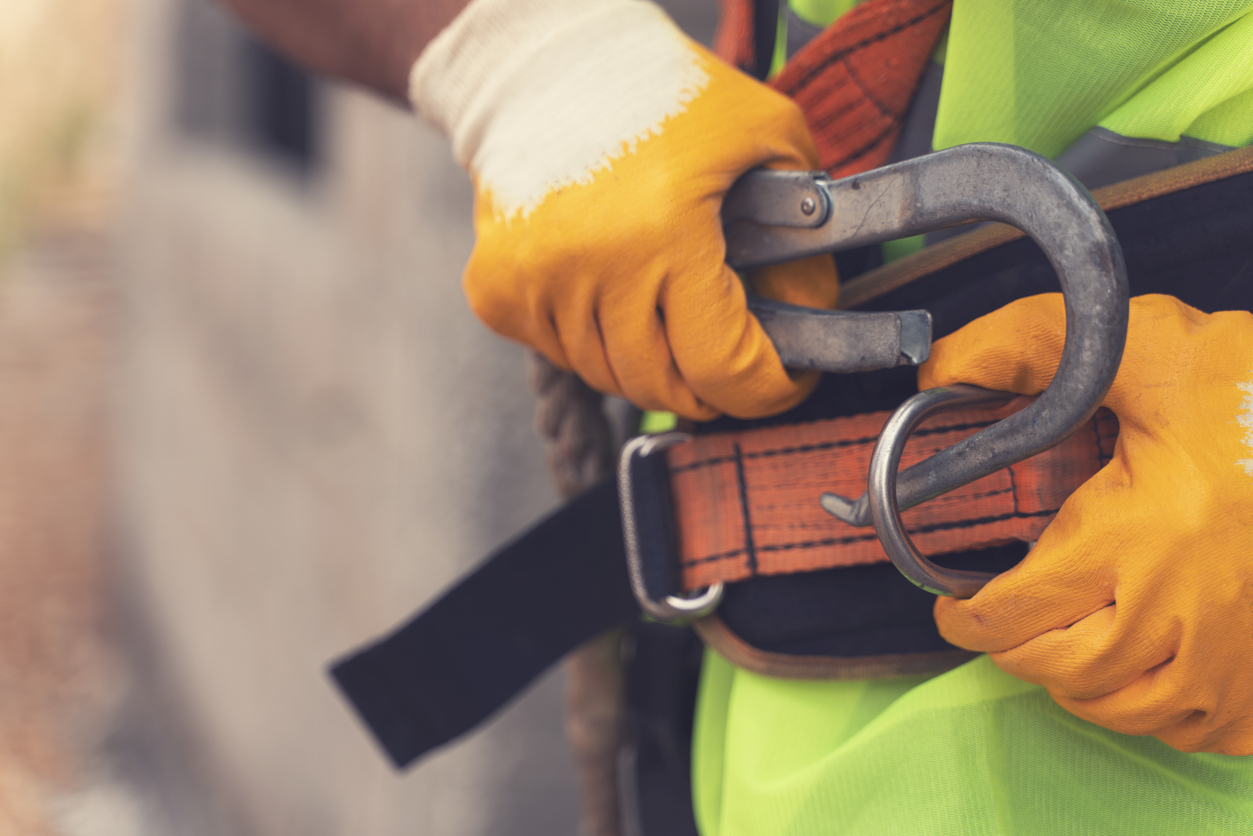
The Ultimate Guide To Height Safety Equipment
- Scaffolding
- Site Safety

Rubbish chutes, also referred to as construction rubbish chutes, are essential for the safe management of debris on construction sites, particularly for multi-storey buildings. These temporary installations facilitate the removal of waste from upper floors to the ground level, enhancing site efficiency while reducing the risk to workers and the public. This article examines the various types of rubbish chutes, their advantages, and the regulatory standards governing their use in the UK, with a focus on compliance and safety
There are various types of temporary construction trash chutes commonly used in construction and demolition projects. Each type is tailored to meet specific site requirements and conditions:
Exterior temporary trash chutes are the most frequently employed on construction sites. These flexible tubes, made from durable materials such as plastic or rubber, are suspended from the building’s exterior and extend down to a waste receptacle or skip. They are typically secured by outriggers or winches to ensure stability and safety. This solution is particularly useful in multi-storey construction projects where conventional waste removal methods pose challenges. For more information on scaffolding-integrated rubbish chutes, visit the Scaffolding Rubbish Chutes page to learn about industry-leading products
Interior rubbish chutes are ideal for projects where waste disposal is conducted inside a building. These chutes often use pre-existing structures, such as removed subfloors or designated shafts. When not in use, these chutes must be covered with solid planks to ensure safety. This method of waste management is especially useful in environments where exterior chutes are not practical or where space constraints necessitate an internal solution.
Common in residential environments, bin chutes are vertical shafts through which residents can dispose of waste. Although primarily designed for everyday use in residential buildings, the same principles apply to construction rubbish chutes in terms of fire safety and maintenance. Fire-rated materials and proper installation are critical in ensuring the safe use of these chutes in construction settings.
For contractors interested in utilising durable and efficient scaffolding chutes, the Scaffolding Rubbish Chutes product page offers excellent options for enhancing waste management on-site.
Installing temporary construction rubbish chutes on construction and demolition sites provides a host of benefits that improve both operational efficiency and site safety:
To maximise the benefits of using chutes, explore scaffolding-supported options designed specifically for construction, available on the Scaffolding Rubbish Chutes page.
The installation and use of temporary trash chutes in the UK must adhere to strict regulations to ensure site safety and legal compliance. Several governing bodies oversee the safe use of rubbish chutes, particularly concerning fire safety and proper waste management.
Under the Regulatory Reform (Fire Safety) Order 2005, building owners and occupiers must ensure that fire safety systems, including rubbish chutes, are maintained in an efficient state. Given the fire hazards posed by accumulated waste, it is crucial that chutes are regularly inspected to comply with fire safety regulations. Appendix W of BS9999:2017 recommends that fire plates and dampers be tested by a competent individual upon installation and annually thereafter, with more frequent inspections required for high-dust environments.
Current Building Regulations prohibit refuse chutes from being installed in lobbies or corridors of new buildings. This restriction extends to construction projects using temporary construction rubbish chutes, where alternative placement must be considered to comply with these regulations. Additionally, the National Access and Scaffolding Confederation (NASC) recommends that scaffolding-attached chutes should not exceed a height of 10 metres.
Proper waste management is also essential on construction sites. The Environment Agency and Local Authorities enforce regulations that ensure construction sites manage waste streams responsibly. Contractors must designate suitable collection points and ensure that temporary trash chutes lead to correctly sized waste receptacles. For those requiring scaffold-integrated systems, further details can be found on the Scaffolding Rubbish Chutes product page.
The use of temporary construction trash chutes requires a commitment to compliance with safety regulations to protect both workers and the public. Failure to meet these standards can result in penalties, fines, and, in severe cases, prosecution under the Corporate Manslaughter Act 2007. To ensure full compliance, construction professionals should focus on the following:
Temporary construction rubbish chutes are an indispensable tool for efficient and safe waste disposal on multi-storey building sites. By expediting the removal of debris, these systems enhance overall project safety and reduce operational costs. However, the safe and compliant use of these chutes depends on adhering to UK regulations regarding installation, fire safety, and waste management.
Understanding the critical role of these systems in modern construction will help contractors optimise their waste management practices while ensuring compliance with the law.

When working at height, choosing the right scaffolding is essential for both safety and efficiency. With over 30 ...

For scaffolding projects, having the right tools is paramount, as essential as the correct fixings and boards. The ...

Working safely and efficiently from height requires strong, reliable connections. Scaffold fixings are the essential components that hold ...
Please select the List you wish to add to.